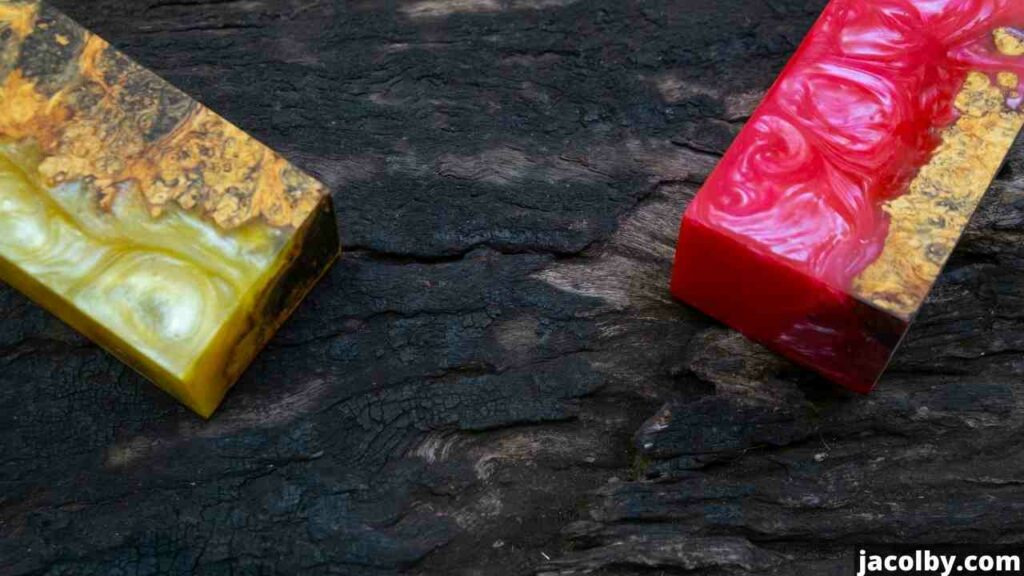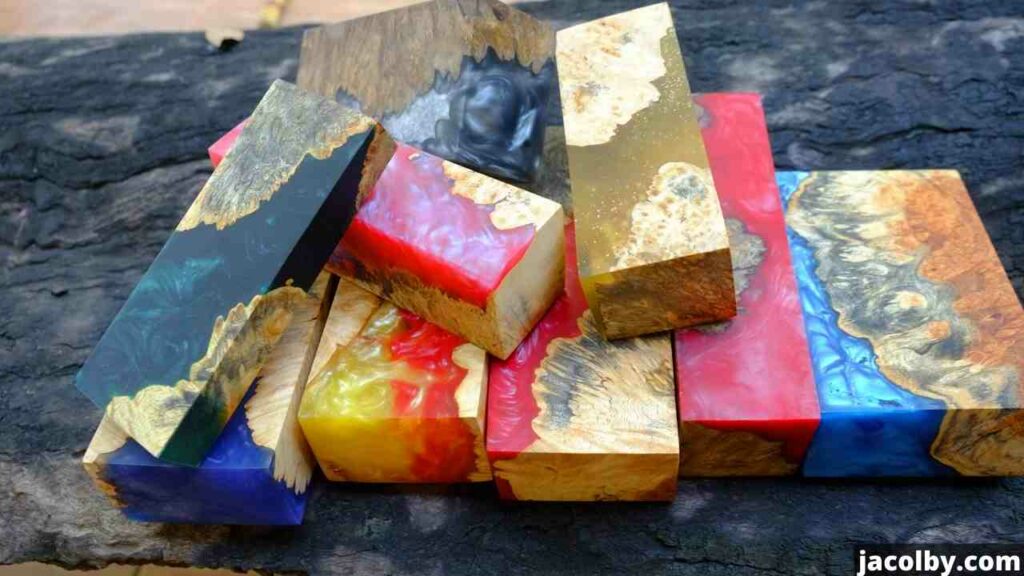
Do you believe in creating some masterpieces that come out with utmost creativity over time? Then resin casting is for you. Epoxy resin casting is a process that lets you create unique and beautiful pieces of art.
This process involves using epoxy resin to bind together various objects, which can then be cast into the desired shape. While casting seems fun, it’s more than just putting resin into a mold and magically getting a perfect cast.
This complete process involves knowledgeable techniques paired up with the best equipment, a lot of creativity, and ample patience. So, it’s not as easy as one thinks.
But don’t worry, I got you! In this article, I’ll talk about a few Resin Casting Techniques using which you can cast like a pro. Let’s begin!
Table of Contents
How To Start With Epoxy Resin Casting –
Starting with resin casting is relatively easy. All you need is the best epoxy resin for casting based on your preferences and a firm will to learn.
Moreover, you will need the following materials to learn the techniques like a master.
1. Epoxy resin.
2. Plastic mixing cups.
3. Mixing sticks.
4. Measuring equipment.
5. Mold (of silicone preferably).
Gathering the materials will follow up on the requirements of some of the techniques you need to know.
Amazing Epoxy Resin Casting Techniques –

There are several techniques to cast resin, so let’s learn about them individually.
1. Casting through molds – Casting through molds is the basic step to acquire the desired result from resin casting.
This involves pouring the liquid mixture directly into the mold’s cavity and keeping it untouched for a while to get it hardened.
After complete drying, the casting is taken out of the mold. The molds of rubbers, such as silicones, are preferred to get the hassle-free desired products.
The plastic molds will also work, but avoid using thin plastic molds. I prefer silicone molds because they release casting easily upon curing, unlike ceramic, plastic, and candle molds.
You can, however, use a silicone ice tray or baking silicone molds if you are running low on molds.
2. The layering technique – This technique aims to build the desired product step by step.
Using this technique, one may easily avoid damaging the whole product and treat any mishappens occurring at a specific stage.
This technique involves pouring the liquid into the mold, layer by layer, and waiting for at least 3 hours after pouring the consecutive ones.
This technique is a simple ninja technique that can be followed for any type of resin casting. Pouring the whole liquid occasionally allows air to get trapped, thus forming bubbles.
Plus, it also makes it difficult for the layers to take shape properly, thus ruining the whole project. This would rather not be the case with the layering technique.
Pouring the liquid layer by layer after stirring is the secret key to extracting the maximum benefits. It eliminates the issue of segregated layers too.

3. Curing with UV light – Curing the resin using UV light or sunlight is one of the best procedural methods when casting in layers.
This method enhances the curing process and avoids bubbles or hustles while casting with resin.
Using UV light significantly reduces your curing time to as low as 10 minutes, which is a huge plus if the timing is your primary concern.
If the layering technique is preferred, this technique can work wonders by saving a lot of curing time along.
4. Using Vaccum Chamber to cast – Getting bubbles in the casting process might be the most common and serious issue you are facing right now.
What if I tell you that I have a solution for you to reduce the air bubbles to zero?! Yes, the vacuum chamber or pressure pot is a one-way solution to treat air bubbles while casting.
The bubbles are formed due to air trapped in the liquid while pouring it into the mold. The thermosetting materials of rubbers, such as silicones or polyurethane, are preferably used as a mold that traps bubbles.
The chamber is allowed to rest on the resin for several minutes, depending on the type of epoxy resin used. Then this Vaccum chamber sucks out the air trapped and lets the bubbles collapse creating a vacuum space.
Since there is no air inside, no bubbles can form, and you can have a noticeable cast.
Things to Keep in Mind while Casting with Epoxy Resin –

So starting with anything always require preplanning. I always abide by my pre-planning, and when it’s about to start with Epoxy Resin Casting taking a chance is just a no option.
So, here are some things I would like you to notice before starting your journey with Epoxy Resin Casting.
1. Choose the best Epoxy Resin – Relying on the best materials will only lead to extracting the best product. I will strongly recommend you to choose some best epoxy resin to get your own finest masterpiece, or else be ready to face the damage.
2. Get a plastic sheet – Yes, getting a plastic sheet to cover your work area would be the greatest favor you would be doing to your workspace to protect it from the mess of epoxy resin.
3. Protect yourself – You must wear protective clothing such as gloves, goggles, breathing masks, etc., as resin may harm the skin and internal organs.
4. Seal the Surface – If you rely on casting objects or wood, opt for sealing the surface with a bit of epoxy resin and taping any holes or grudges to give the casting the finest and most expert look.
Frequently Asked Questions –
1. Can we color Epoxy Resin for casting purposes?
Yes, you can color your epoxy resin. If you want your desired product to be colorful, you should try it. It will result in a fantastic masterpiece with a branded glossy look.
2. Can epoxy resin be used for casting?
Yes, epoxy resin can be used for casting. In fact, many people I know use their leftover resin for the purpose. However, the result isn’t as impressive as it is with a casting resin.
The epoxy resin works best when the objective is to fill the minute gaps and complete the detailing in the casting process. Other than that, it can be an excellent alternative for casting resin too.
3. Does Epoxy Resin stick to plastic?
No, epoxy resin can be used for materials like plastic, wood, ceramics, etc. It can be used to coat them well and give them the finest look.
Conclusions –
These super techniques discussed here will surely lead you to create your own masterpiece without any hustle. Like a pro, you can easily cast using the best epoxy resin for the best results.
I hope the out-of-this-world Epoxy Resin Casting Techniques brewed up your mind! Tell us about your casting experience with these techniques in the comments. Happy Casting!